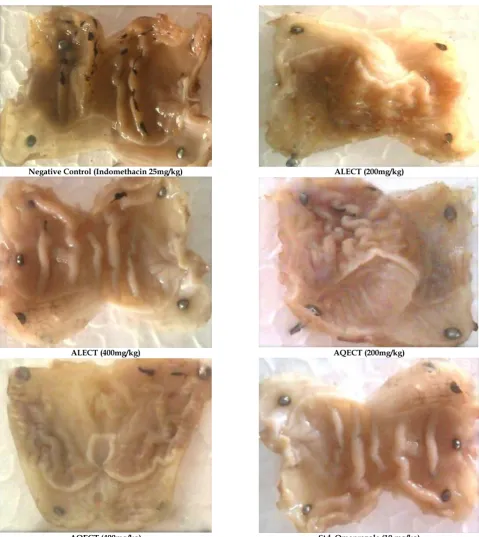EVALUATION OF ANTI-ULCER ACTIVITY OF AQUEOUS AND ETHANOLIC EXTRACT OF WHOLE PLANT OF CLITORIA TERNATEA IN ALBINO WISTAR RATS
Full text
Figure



Related documents
Noting the nature of dual practice and attendance of physicians in more than one service delivery location, to identify these types of physicians a data matching
In the bacterial two- component system, the response regulator plays a pivotal role as an effector protein with a DNA-binding domain to modulate the expression levels of target
The main objective was to establish the validity of self-measurement of waist and hip circumference in a community setting and the correlation of those measures with BMI,
Conclusions: Although total blood loss and transfusion rate can be high, this preliminary case series suggested that the one-stage bilateral TKA in ASA class 1 or 2 patients can
In the markets with low density (i.e., sparse) and espe- cially under CRPA_favorable market type (see start Fig. 5 Average utility of the CRBAs under a short deadline and sparse
From the present study we can conclude that serum zinc level decreases significantly in chronic HCV infection with liver cirrhosis and hepatocellular carcinoma.. The decrease of
2: Radial ductal US, with the nipple in the left-upper corner of the screen illustrates in R: 9:00 a typically malignant breast mass upon the US BI-RADS with demonstration of
Initially, at the University of Miami, cord blood specimens were obtained at the time of delivery from at-risk (mostly black) mothers from whom informed consent had been obtained